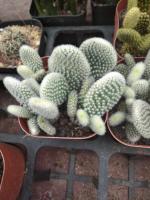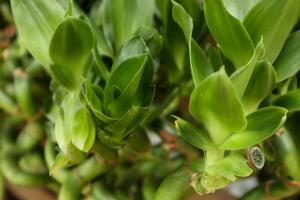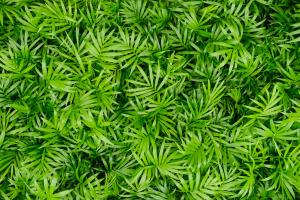Introduction
Knowing the plants and trees that are native to your region can be helpful for many reasons. You might be interested in creating a garden that is well-suited to the climate where you live, or you might want to forage for food or medicinal plants in the wild. Whatever your reasons are, this guide will provide you with some tips on how to find plants and trees that are native to your region.
Researching Native Plants and Trees
One way to find out what plants and trees are native to your region is to do some research. You can start by looking up the name of your city or region and adding the words "native plants" or "native trees" to your search. Many state or regional nature conservation organizations also have lists on their websites of native plants and trees, along with information about their characteristics and growing requirements. Another helpful resource is a field guide or botanical book about your region, which can help you identify plants and trees in the wild.
Visiting Local Nature Reserves or Wild Areas
If you want to see native plants and trees firsthand, visiting local nature reserves or wild areas can be a great option. Many of these areas have guided tours or informational signs that can help you identify the different species you come across. It's important to remember to respect the nature reserve or wild area by staying on designated trails and not picking any plants or disturbing the environment.
Asking Local Experts
If you have questions about which plants and trees are native to your region, don't be afraid to ask local experts. This could include park rangers, botanists, or horticulturists. These professionals have a wealth of knowledge about the local flora and can also provide you with advice on how to cultivate native plants in your own garden.
Joining Gardening or Nature Communities
Joining local gardening or nature communities can also be a great way to learn about native plants and trees in your region. These groups often hold workshops, talks, and plant exchanges where you can learn from more experienced gardeners and nature enthusiasts. You might also get the opportunity to visit other members' gardens and see how they've incorporated native plants into their landscaping.
In Conclusion
Learning about native plants and trees in your region can be a rewarding and useful endeavor. By doing some research, visiting local nature reserves, asking local experts, and joining gardening or nature communities, you can gain a better understanding of the plants and trees that are native to your area and how to cultivate them. Just remember to always respect the environment and follow any guidelines for foraging or wildcrafting in your area.

 how many times do yo...
how many times do yo... how many planted tre...
how many planted tre... how many pine trees ...
how many pine trees ... how many pecan trees...
how many pecan trees... how many plants comp...
how many plants comp... how many plants can ...
how many plants can ... how many plants and ...
how many plants and ... how many pepper plan...
how many pepper plan...






























